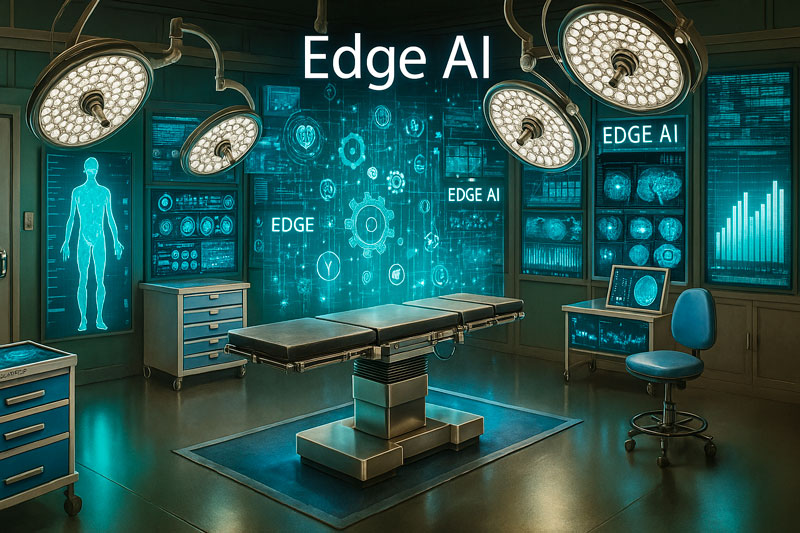Limitations and Trade-Offs of Edge-Deployed AI for Anomaly Detection in Medical Device
- Subject:Medical Systems Engineering
- Type:Master thesis
- Date:ab 05 / 2025
- Tutor:
Limitations and Trade-Offs of Edge-Deployed AI for Anomaly Detection in Medical Device
Context
Medical devices must ensure continuous availability by detecting anomalies that could impact their ability to assist and automate functions in the operating room. Model-based algorithms that analyze sensor data are used for effective anomaly detection.
With edge AI, the algorithms can be processed instantly and closer to the location of the device, providing real-time feedback. Running them on targets without internet connection additionally guarantees sensitive data never leaves the edge.
Targets
The purpose of master's thesis is to implement, to scale and to test AI models for the anomaly detection within operation table components (e.g. motors, gears and brakes).
Following targets are within the scope of the study:
-
Identification of appropriate operating table data to monitor
-
Identification of suitable toolchain(s) for model optimization to run efficiently on edge device
-
Selection/benchmarking of appropriate hardware platform(s) for deployment: MCUs, NPUs (Neural Processing Unit), AI Accelerators
-
Evaluation of the performance: bottlenecks, latency, energy consumption.
Requirements
-
Autonomously working and creative thinking abilities
-
Programming skills in Python and opt. in C++
-
Basic knowledge of AI (in PyTorch or TensorFlow)
Thesis will be executed at Getinge AB in Rastatt and therefore offers the possibility for strong practical orientation.


